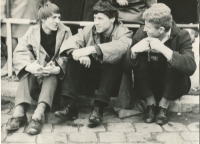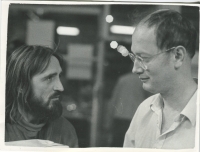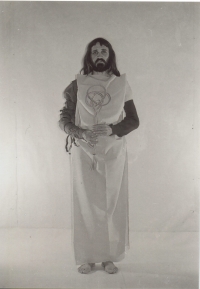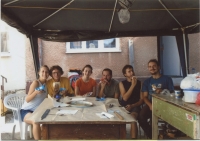„Fine art is a language I can use to speak to people,“ says the artist, who was allowed to exhibit only at home under the communist regime.
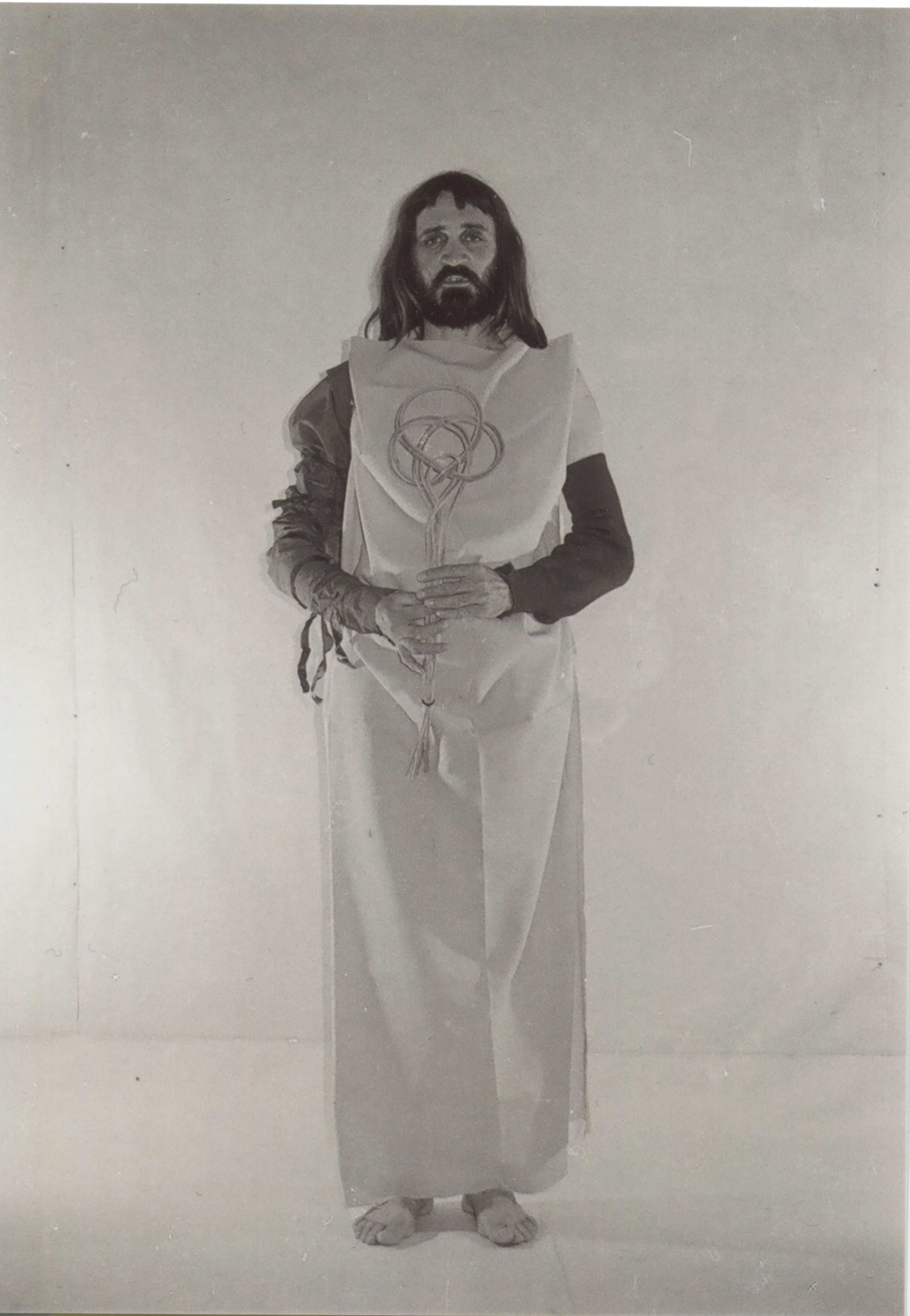
Stáhnout obrázek
Otis Laubert was born on January 8, 1946, in the village of Valaská near Brezno. He graduated from the State Art School in Bratislava, but for many years he devoted himself to art only in the evenings and on weekends, as he was employed as a construction worker during the day. He organized secret exhibitions in his house, in a room he called the Guggenheim Museum Branch. Until the Velvet revolution, this original artist was known practically only in a small circle of unofficial artists.
